My, What A Difference Thirty Years Make
Imagine a world in which there are no cell
phones, no social media, no World Wide Web.
Think about a culture in which prejudice and silence reign—in which
discussions about gender and sexuality, physical and emotional abuse, suicide
are taboo. Remember a time when there
were no role models for LGBTQ teens, when, for the most part, gays and lesbians
were in the proverbial “closet.”
Well, that’s the way it was when I wrote
the 1st edition of Dead Serious back in 1987
(Atheneum/Avon.) The workings of the
teenage brain had yet to be fully understood.
Myths about teen suicide (about suicide, in general) had not been
refuted. It was the general consensus
that teens who talked about suicide just wanted attention: they were not to be
taken seriously. Besides, talking about
suicide would make matters worse. Better
to not utter a word and hope that the person struggling with suicidal thoughts
would magically work things out on his/her own.
We’ve learned so much about teen suicide
since 1987. Still, the number of young
people who take their lives has reached a 40-year high. What are some of the reasons why more and
more young people choose to die? What
are the unique stresses they face?
Before talking about some of the pressures
on today’s teens, it’s important to understand that there is NEVER just one
reason why a person decides to take his/her life. There are often more than a dozen. It may surprise you that academic pressure—not
breakups, not bullying—is, according to student surveys, the Number One cause
of anxiety and depression among teens.
There is always the next big test, the pressure to do well all the way
through school, the pressure to get into a good college. Sure, adults faced the same stresses as teens
but not to the extreme that kids today face.
Young people today spend an average of
nine hours a day on social media, watching TV, and listening to music. Those nine hours eat up a lot of time for
anything else—talking with parents, spending time with teachers, doing
homework. And the effect of social media
can be alarming. A teen who is bullied
online cannot escape. Home is no longer
a safe haven. There is no place to run,
no place to hide. Sure, a teen can turn
off her cell and cancel all her social media accounts. But she won’t because the need to “know”
trumps any hurt and pain.
Other factors that may impact a teen’s
mental health and could, if the problems go unchecked, lead to suicide
include: loss, divorce, a move, physical
and/or sexual abuse, economic stress, addiction. Again, it is important to recognize that
there is never one cause of suicide.
How to address these issues and help break
the cycle of teen suicide? Serve as a
conduit to health professionals. Take a
person’s suicidal thoughts seriously.
Listen. Show compassion. Suggest using a suicide hotline or one of the
many organizations that help support teens in trouble. And never keep a person’s suicidal ideation a
secret. Better to break the code of
silence and have an angry teen than to have no teen at all.
About the Author
Jane Mersky Leder was born in Detroit, Michigan. The "Motor City"
and original home of Motown have driven her writing from the start. A
"Baby Boomer" who came of age in the Sixties, Leder is fascinated by
the complexities of relationships between generations, between genders, and
between our personal and public personas.
Dead Serious, a book about teen suicide, was named a YASD Best Book for Young Adults.
The second edition of Dead Serious (with a new subtitle): Breaking the Cycle of Teen Suicide, will be published on January 23, 2018, and will be available as both an ebook and paperback on major online book sites, at libraries, and at select bookstores.
Dead Serious, a book about teen suicide, was named a YASD Best Book for Young Adults.
The second edition of Dead Serious (with a new subtitle): Breaking the Cycle of Teen Suicide, will be published on January 23, 2018, and will be available as both an ebook and paperback on major online book sites, at libraries, and at select bookstores.
The Sibling Connection: How Siblings Shape Our Lives, and Thanks For The Memories: Love, Sex, and World War II are among Leder’s other books.
Leder’s feature articles have
appeared in numerous publications, including American Heritage, Psychology
Today, and Woman’s Day.
She currently spends her time in Evanston, Illinois, and San Miguel de Allende, Mexico.
She currently spends her time in Evanston, Illinois, and San Miguel de Allende, Mexico.
WEBSITE & SOCIAL LINKS:
WEBSITE | TWITTER | FACEBOOK
About the Book:
Title:
DEAD SERIOUS: BREAKING THE CYCLE OF TEEN SUICIDE
Author: Jane Mersky Leder
Publisher: Independent
Pages: 237
Genre: YA Self-Help
Author: Jane Mersky Leder
Publisher: Independent
Pages: 237
Genre: YA Self-Help
BOOK
BLURB:
Thirty plus years after publishing the first edition of Dead
Serious, this second completely revised and updated edition covers new
ground: bullying, social media, LGBTQ teens, suicide prevention programs, and
more. Scores of teens share their stories that are often filled with hurt,
disappointment, shame--yet often hope. Written for teens, adults and
educators, Dead Serious: Breaking the Cycle of Teen Suicide explores
the current cultural and social landscape and how the pressure-filled lives of
teens today can lead to anxiety, depression--suicide. Leder's own journey of
discovery after her brother's suicide informs her goal of helping to prevent
teen suicide by empowering teens who are suffering and teens who can serve as
peer leaders and connectors to trusted adults. The skyrocketing number of teens
who take their own lives makes Dead Serious: Breaking the Cycle of Teen
Suicide more relevant and important than ever.
"Talking about suicide does not make matters worse. What makes matters worse is not talking."
"Talking about suicide does not make matters worse. What makes matters worse is not talking."



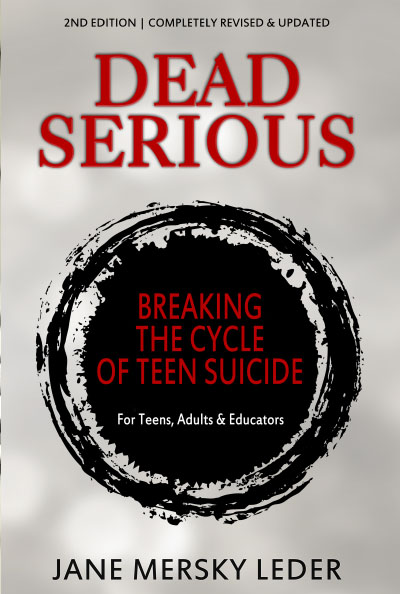









































































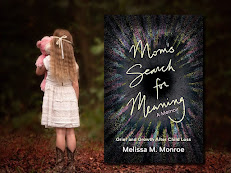



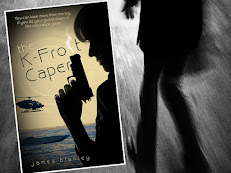


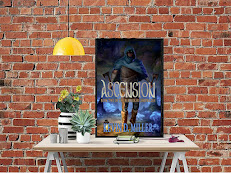






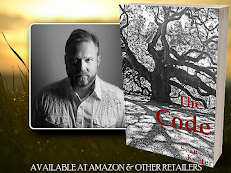








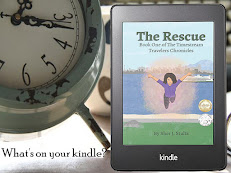



































































No comments:
Post a Comment